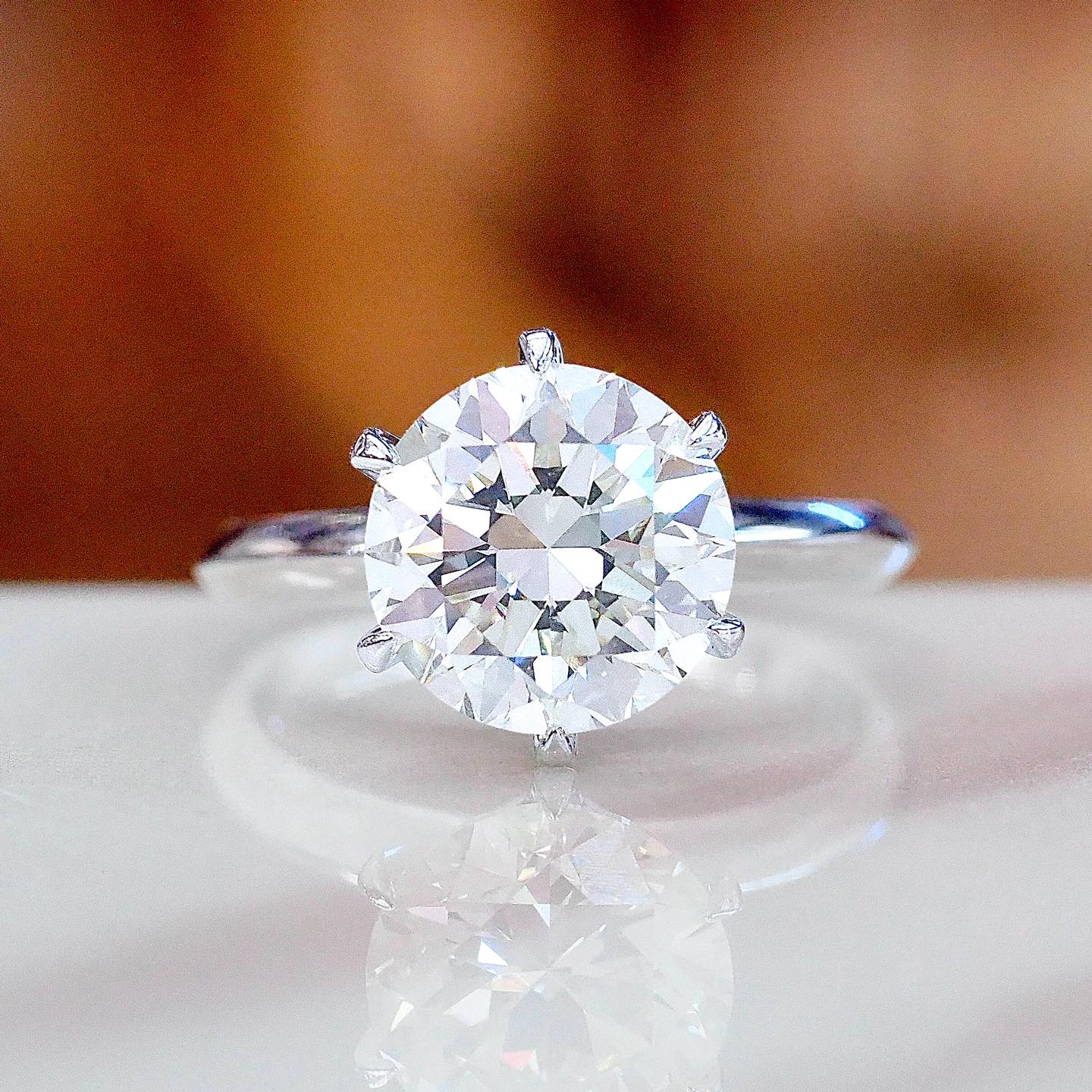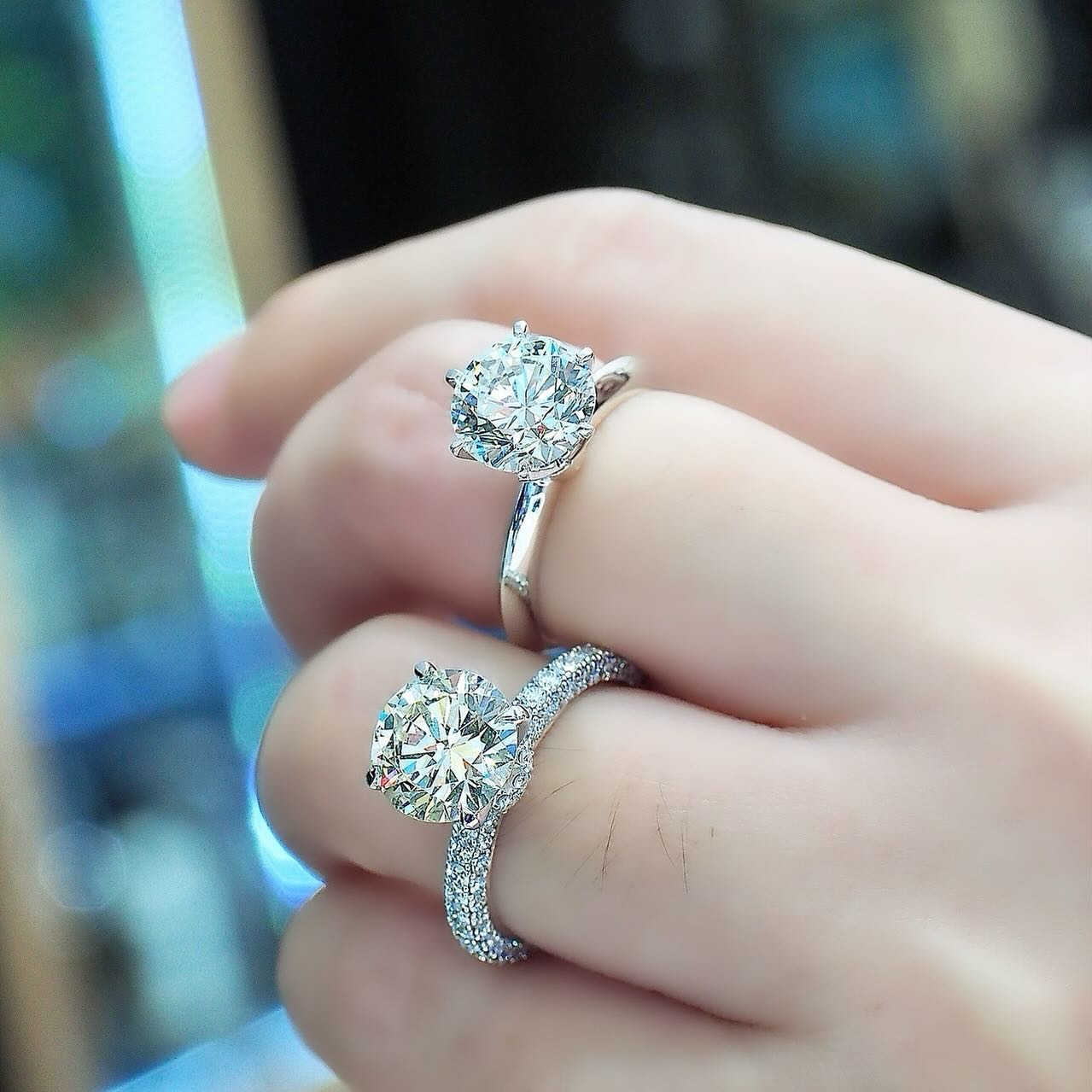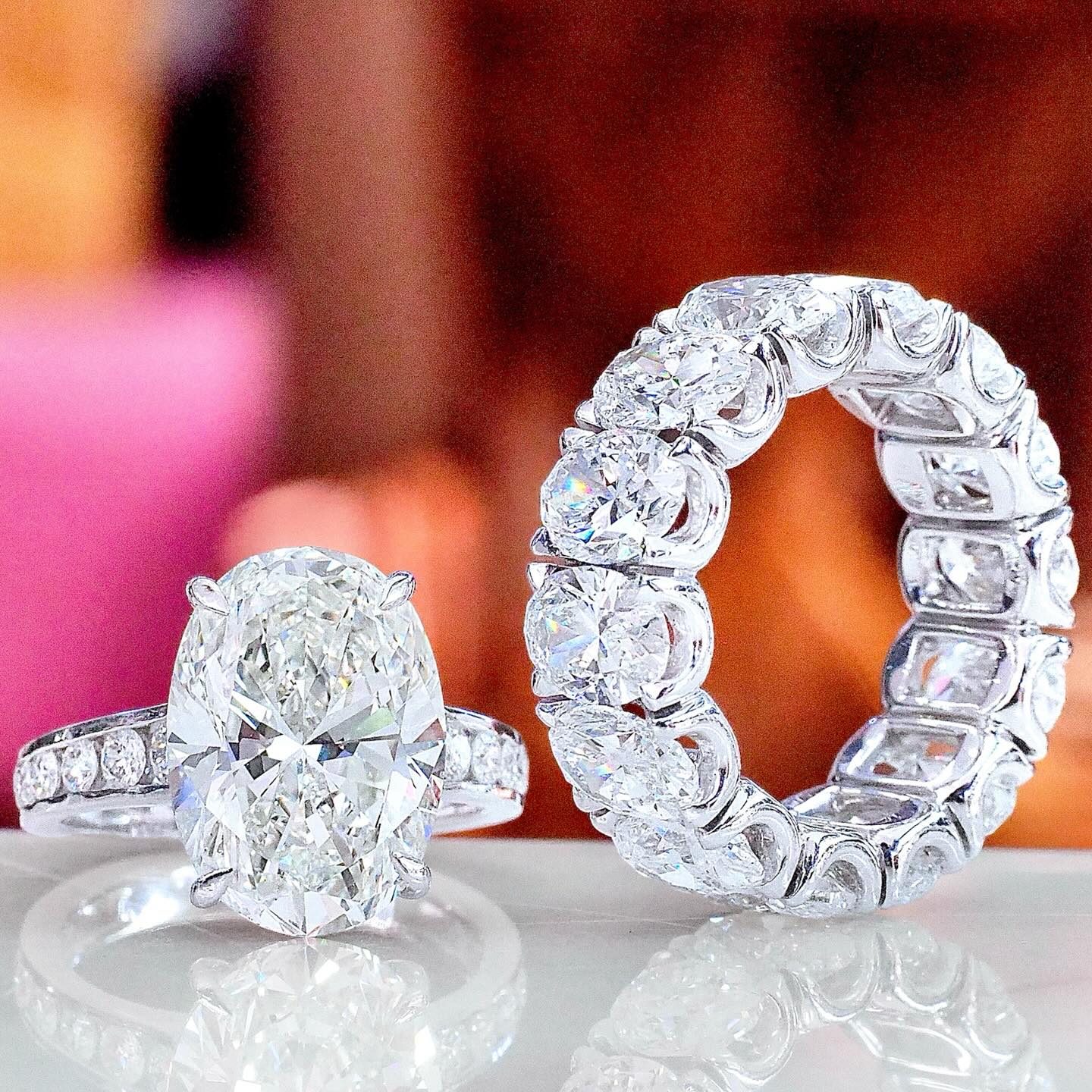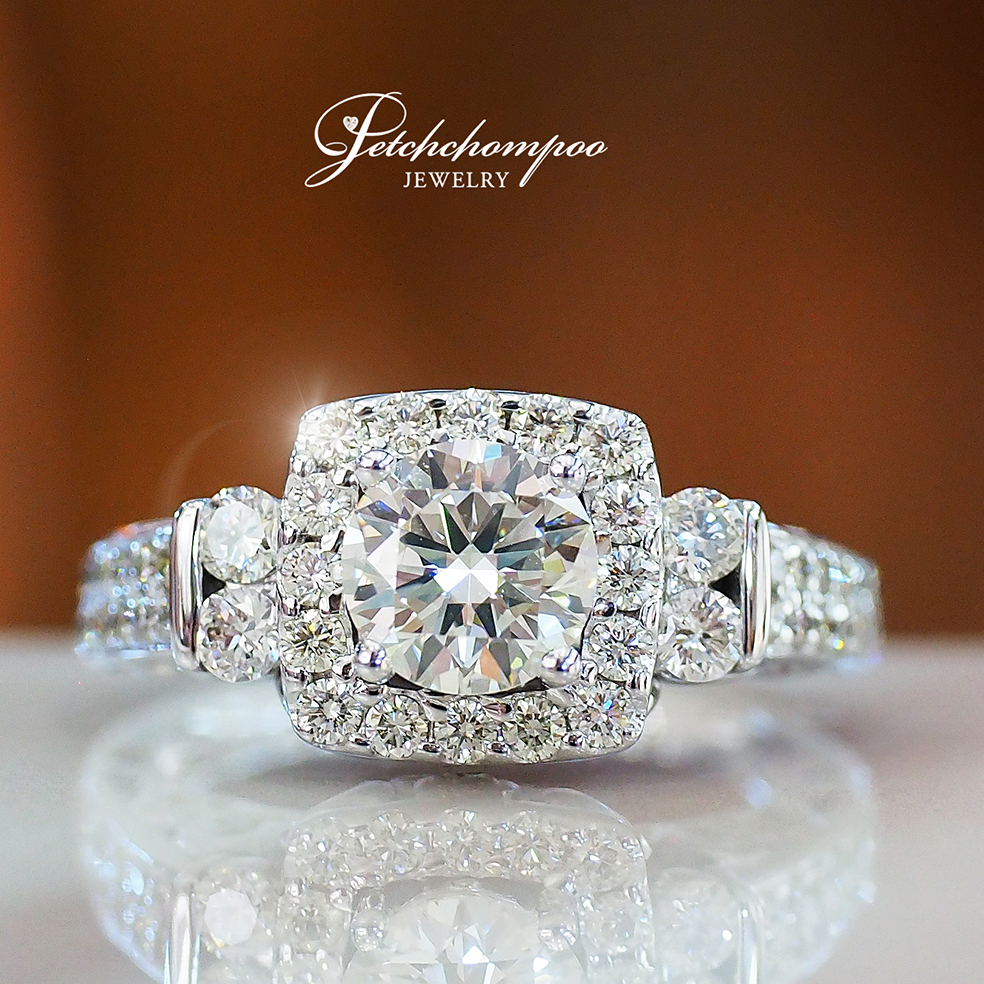Simple Tips to Identify Real Diamonds with the Naked Eye — A Must-Know Guide for Beginners
Diamonds are one of the most coveted gemstones in the world. Their high value comes from their rarity and strong demand, which has led to the rise of counterfeit diamonds being sold to unsuspecting buyers. But don’t worry — today, we’re sharing simple techniques to identify real diamonds with the naked eye. These beginner-friendly tips can help you avoid being scammed.

How to Identify Real Diamonds with the Naked Eye
1. Weighing the Diamond
An easy way to distinguish a real diamond from a fake one is by checking its weight. A real diamond weighing 1 carat typically weighs 0.2 grams. Imitation diamonds tend to be about twice as heavy — around 0.4 grams. While this method isn’t foolproof, it’s a basic starting point that beginners should know.
2. The Fog Test (Breath Test)
Breathe onto the diamond like you would on a mirror. If it’s a real diamond, the fog should disappear almost immediately because diamonds are excellent heat conductors. A fake diamond will stay fogged up longer.

3. Scratch Observation
Real diamonds are the hardest natural material on Earth. As such, they don’t scratch easily. If you see scratches or scuff marks, it’s likely a fake. The phrase “diamond cuts diamond” exists for a reason — only another diamond can scratch a real one.
4. The Pencil Line Test
Draw a line on a piece of paper with a pencil. Flip the diamond upside down and place it over the line. If the line appears bent or distorted, it’s likely fake. A real diamond will not distort the line, and you’ll see it clearly through the stone.

5. The Water Test
Drop the diamond into a glass of water. A real diamond will sink immediately due to its high density. If it floats or sinks slowly, it's likely a fake or synthetic stone.
6. Use a Jeweler’s Loupe (10x Magnification)
A jeweler’s loupe can help you see fine details. A real diamond will have sharp, crisp facets and no scratches. Fake diamonds often show surface blemishes and rainbow-like reflections, whereas real diamonds reflect light in a more natural sparkle without that exaggerated rainbow effect.

Can Real Diamonds Break?
Although diamonds are ranked 10 on the Mohs scale of hardness, meaning they’re incredibly resistant to scratches, they can still break. This is because "hardness" only refers to scratch resistance, not toughness. Diamonds can chip or crack if dropped or struck with enough force. While they are extremely hard, they lack toughness and durability, which are other key components of material strength.
So while real diamonds don’t scratch easily, they’re not indestructible.
Final Thoughts
By applying these simple techniques, you can tell the difference between real and fake diamonds on a basic level. This is essential knowledge for beginners, especially those who are just starting to explore the world of diamond jewelry.
If you're looking to purchase 100% genuine diamond jewelry, make sure to buy from a trusted, reputable jeweler. Don’t risk it with uncertified sellers — diamonds are forever, so make sure yours is real.